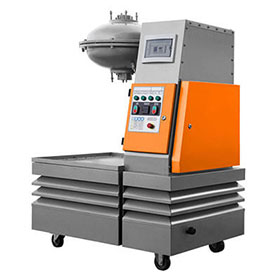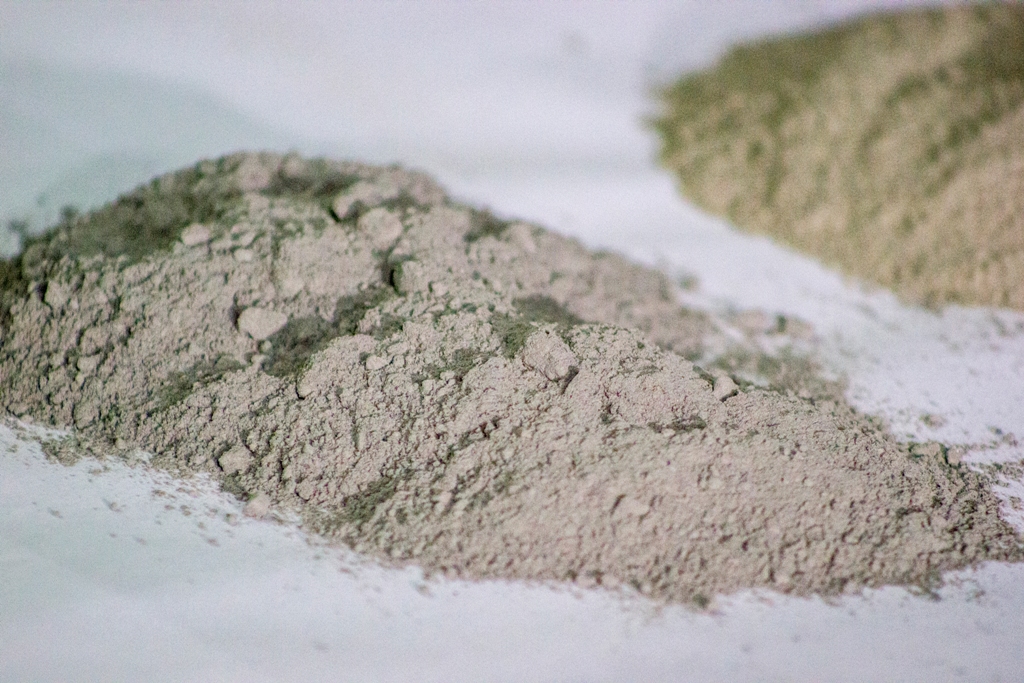The high quality of the modern construction mixes is impossible without using special modifying additives. They allow to adjust the properties of the material, making solutions with the required qualities for use in any (even extreme) conditions.
A relatively large amount of such additives is available in the market today. These are mostly surfactants, electrolytes, polymers etc. The history of modifying construction materials begins in the ancient times. Some of the oldest surviving buildings on the planet were built with lime concrete and mortar with vegetable oil, egg whites, dairy, boiled tree bark etc.
Binding materials have replaced the ancient modifiers with time. But, in the beginning of the previous century, modifying additives returned into construction on a new technological level. Many countries have already completely transitioned to modified concrete and mortar (with the market share reaching 90-95%).
The form in which the additives are used depends on the technology of their application. For concrete or otherwise soluble mixes, additives are introduced with water, while in preparation of dry material, they come in the form of powders, which must:
- spread evenly through the mix;
- have low water absorption ability.
The most widely accepted classification of modifying additives for dry construction mixes is as follows:
- rheological properties adjustment;
- structure adjustment;
- settling and hardening process adjustment;
- special modifiers;
- multifunctional modifiers.
The modifiers which change the rheological properties of materials are the most widely used. This is because they can be used for any construction material mix.
Settling and hardening modifying additives are mostly used for modification of dry construction mixes based on gypsum binding, repair mixes, mixes for machine application, flooring materials etc.
Structure regulators are used to improve the qualities of plaster, repair and waterproofing materials.
Special modifiers are required if construction materials are used in special conditions with special requirements.
Each of the additives is supposed to change a certain quality (or several) and must not influence other important properties of construction material mixes and solutions. That is why multifunctional additives were developed: these allow to reduce or completely remove the negative influence of certain components, while retaining their positive effects. Multifunctional additives are used for flooring materials, plasters and special construction material mixes.
Mechanical Activation of Dry Construction Material Mixes Using Vortex Layer Devices

Research shows that approximately 20% of the cement in concrete does not take part in hydration. These are mostly particles 70 micron and larger.
Vortex layer devices facilitate additional pulverization and activation of cement with mean surface area of 4500 – 5000 cm2/g.
The principle of operation of such mill is rather simple. They consist of a hollow cylinder made of non-magnetic material. Inside are ferromagnetic particles in the shape of a needle. Outside of the cylinder is an inducer which generates a rotating magnetic field. When the inducer is powered, the particles move along complex trajectories, forming the so called vortex layer. If large particles of cement are placed inside the cylinder, they will be turned into finely pulverized powder within seconds. Mechanical activation of cement reduces the amount of material used and improves concrete quality.
It should be noted that vortex layer mills can also be used to activate old compacted cement. Construction specialists know that if the сement is not used immediately and stays in storage for a month, activity of the material is reduced by at least 15%. When processed in the vortex layer, the compacted grains are broken and the cement is activated, oxides are removed and the cement is made as good as new.

